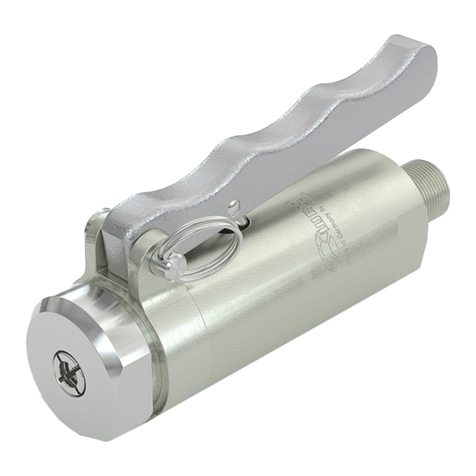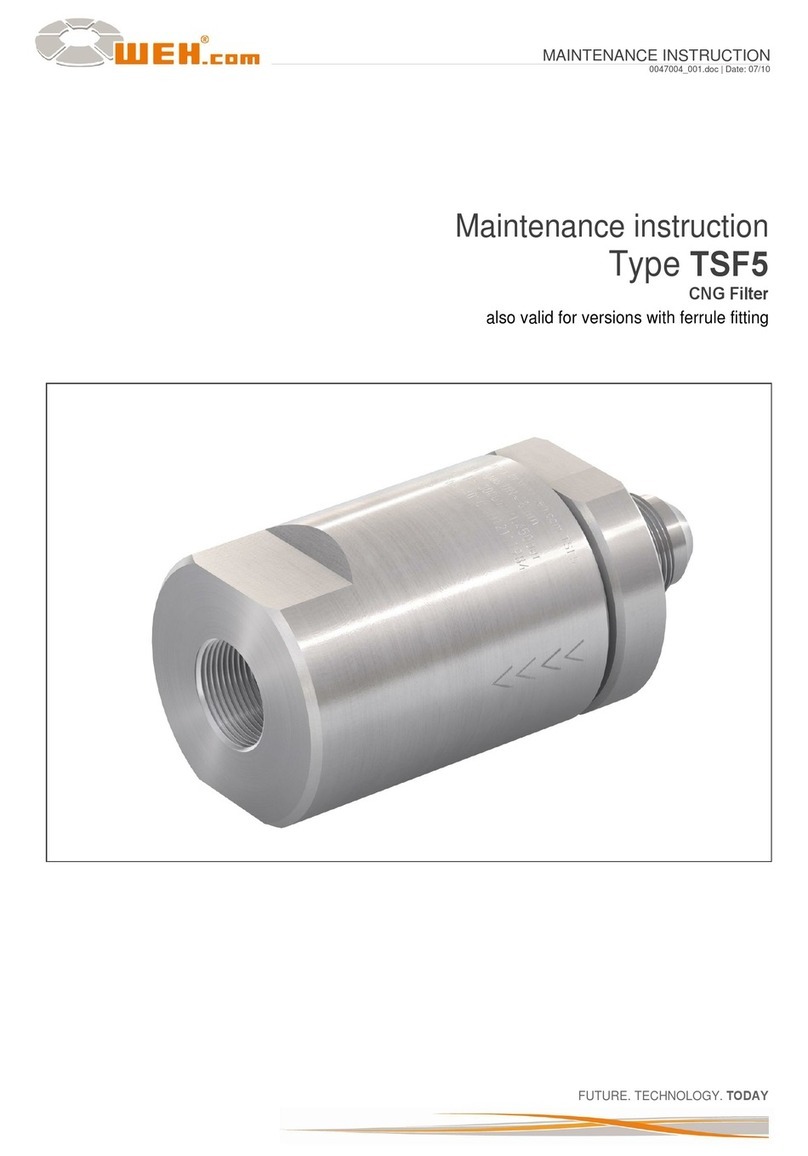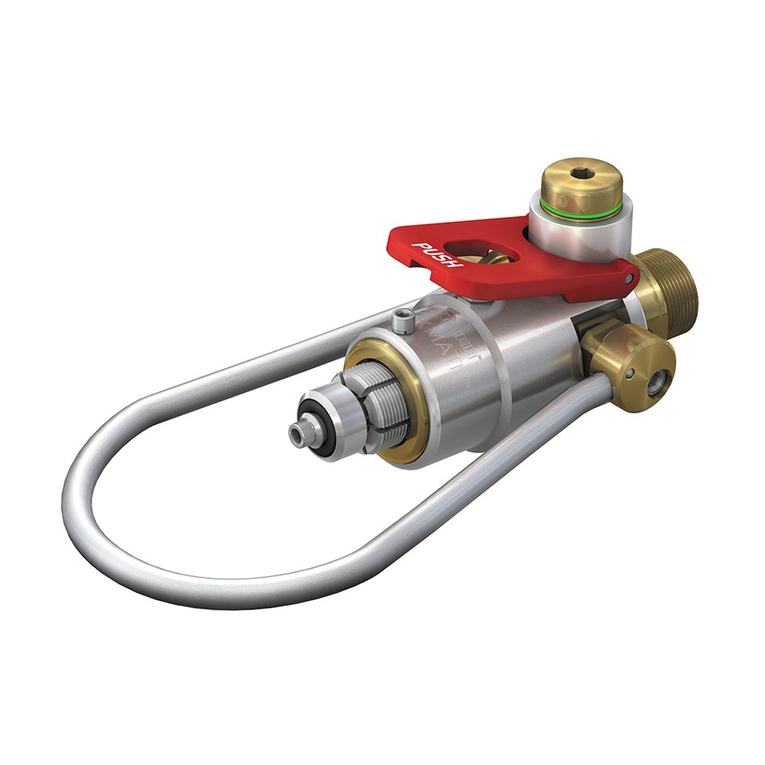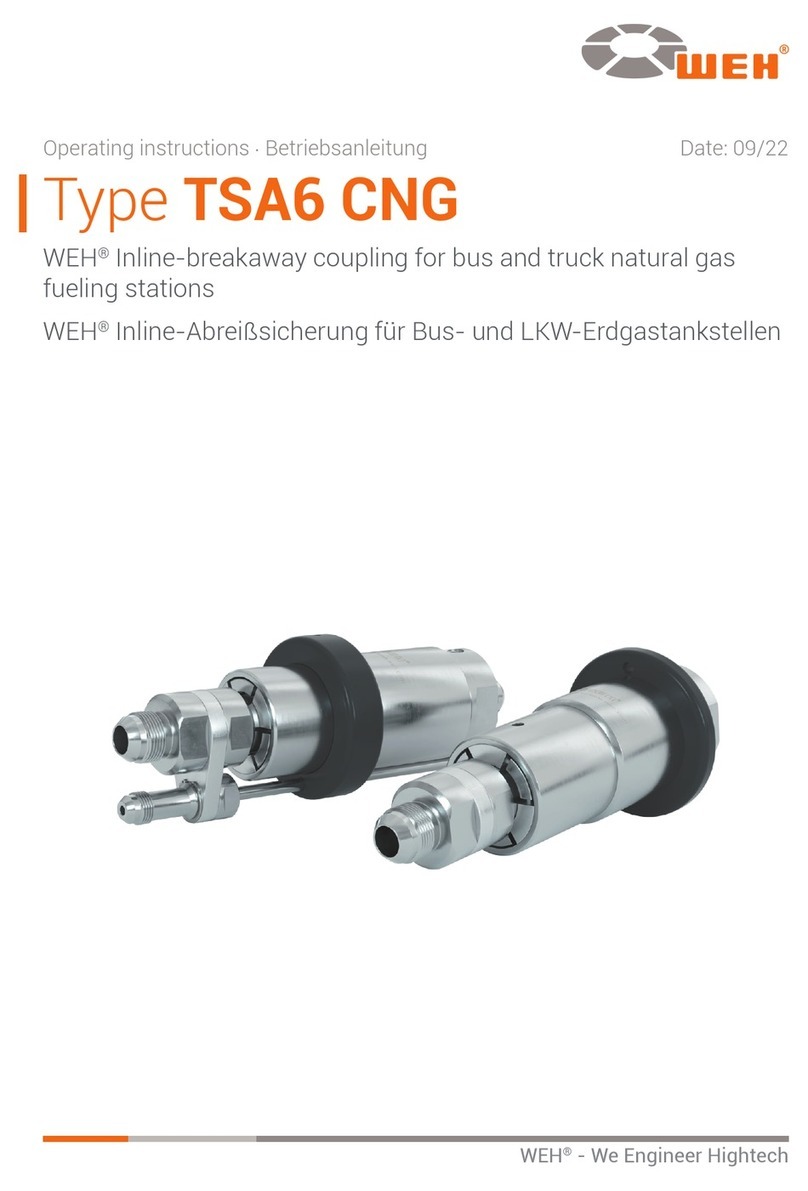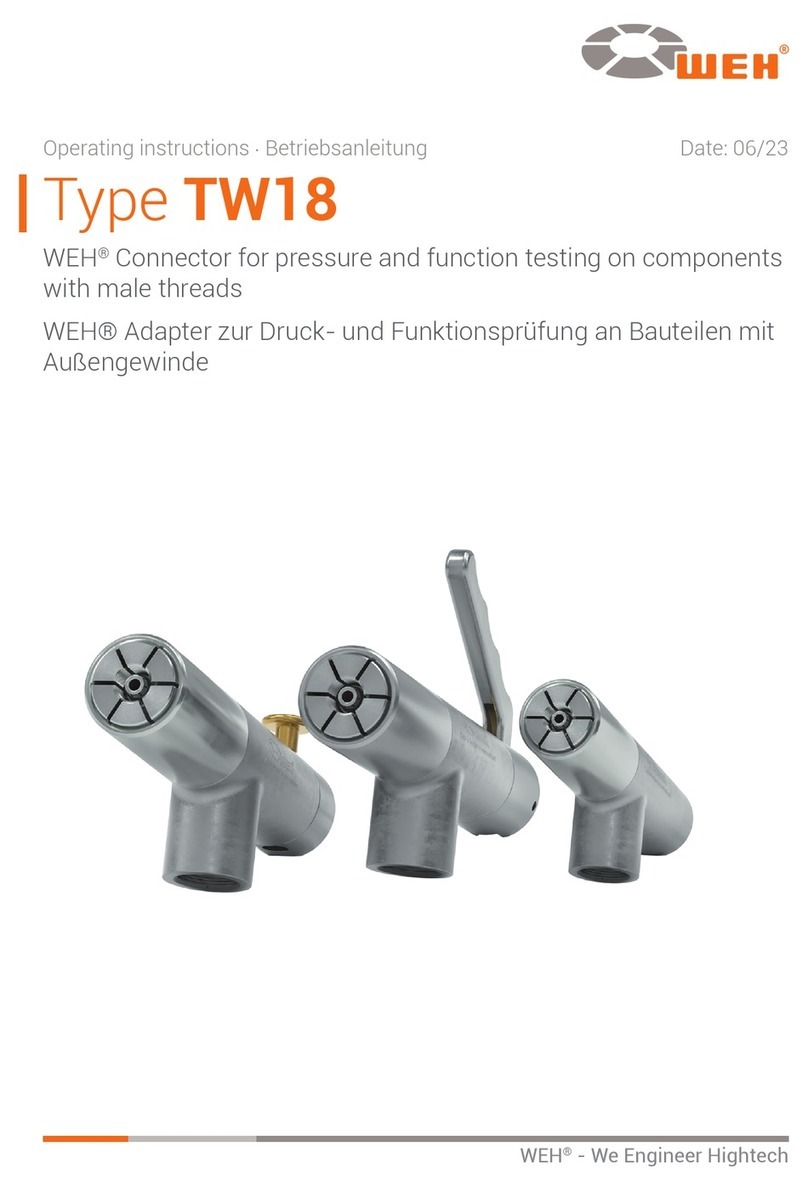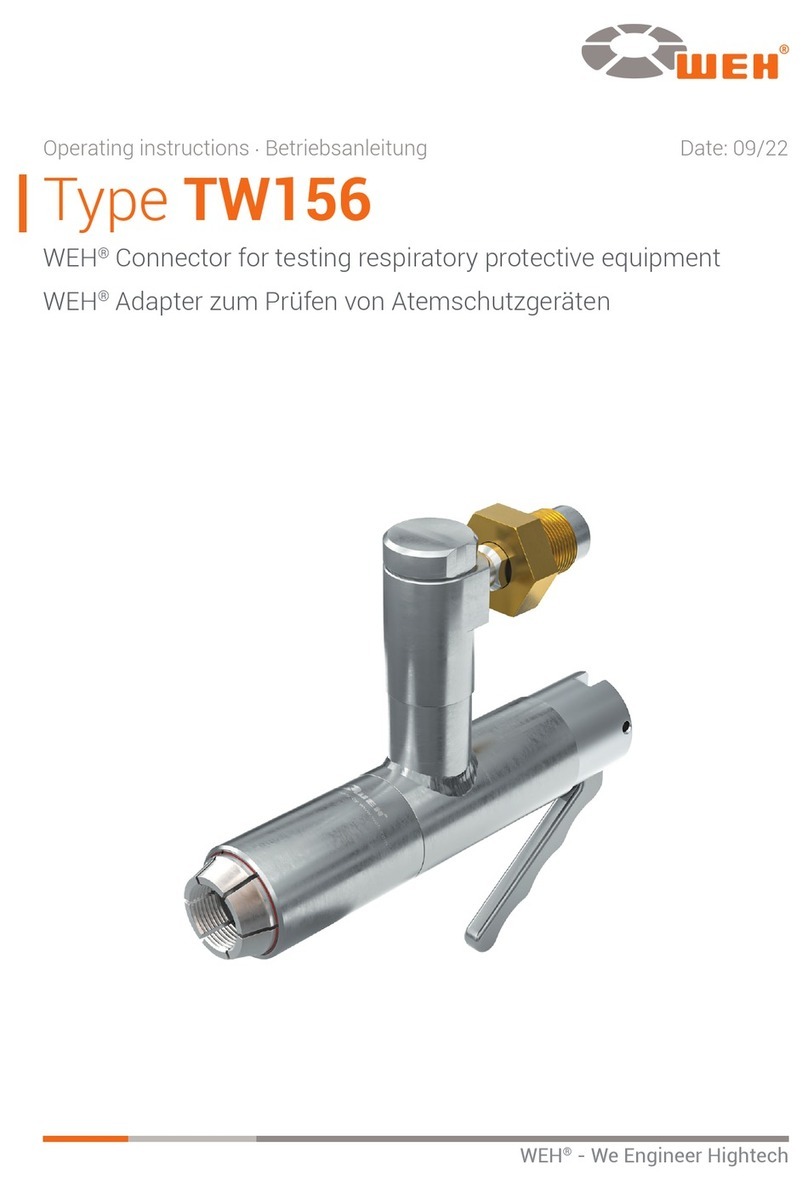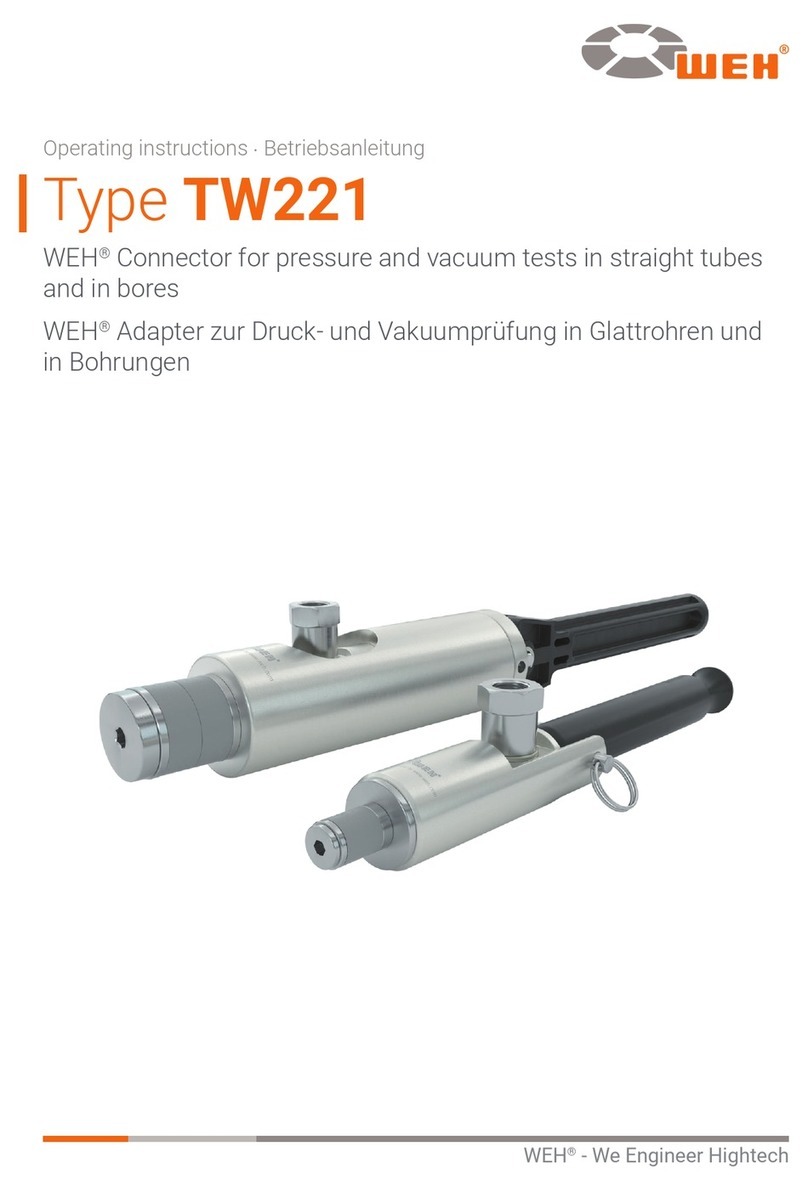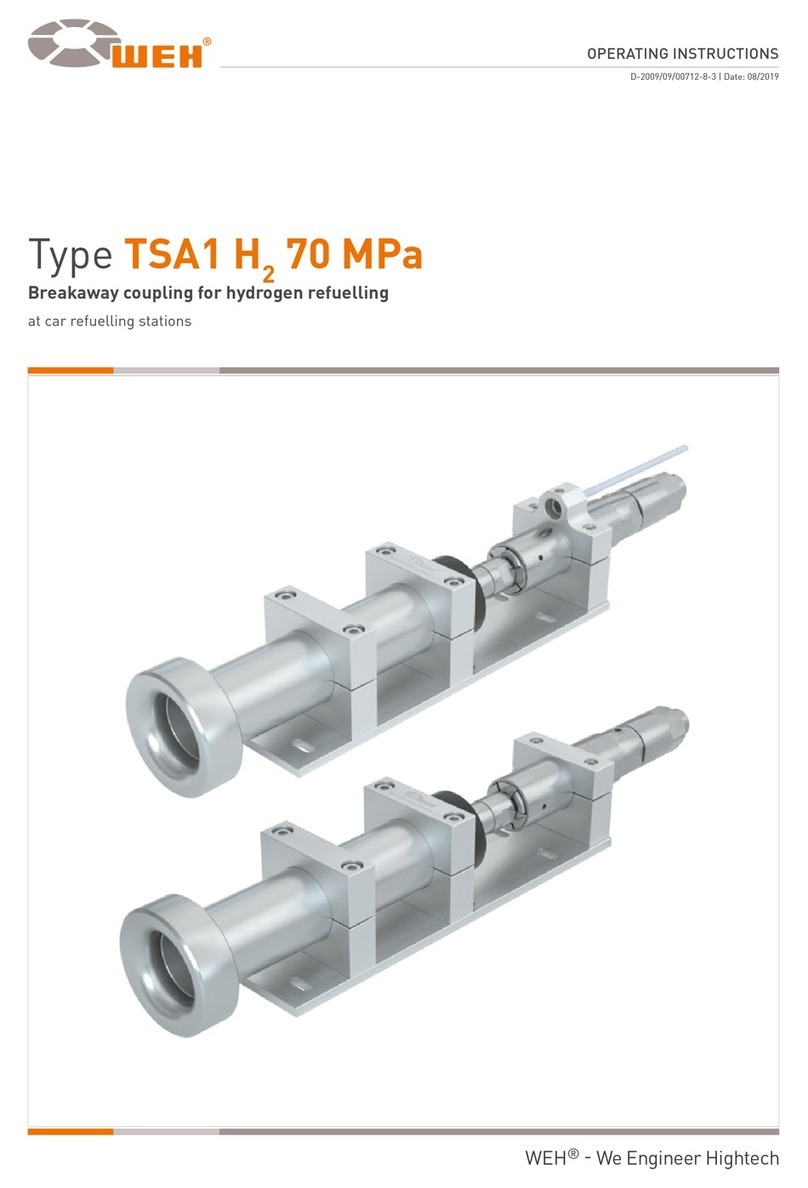
1�4 General safety instructions
ÎAlways comply with all applicable local, national and international requirements,
stipulations, decrees, laws, standards, provisions, directives, norms, regulations,
prohibitions and instructions as well as all applicable industrial, quality and tech-
nical standards. In particular, make sure that you and all users comply with the ap-
plicable requirements related to occupational health and safety as well as product
safety requirements and that all required permissions, certificates and approvals
have been obtained.
ÎThese operating instructions should be provided to anyone responsible for the
installation, operation and maintenance of this WEH®Product.
- The WEH®Product and these operating instructions are intended for use by
qualified personnel (see Chapter 1.5). Make these operating instructions available
in particular to the qualified personnel responsible for the individual phases of the
life cycle (especially for storage, installation, operation, inspection and mainte-
nance, troubleshooting and disposal) of the WEH®Product. The qualified personnel
must have read and understood these operating instructions.
ÎContact WEH before using the WEH®Product if the instructions in these operating
instructions are unclear in any way.
ÎTake appropriate safety measures if operating conditions exist that could endanger
the user.
ÎIn case of any damage that may affect the proper functioning of the WEH®Product,
do not use the WEH®Product until the situation has been clarified. Disassembly of
the WEH®Product may only be performed by WEH.
ÎComply with the assembly data indicated in these operating instructions. Tighten-
ing with higher torques/assembly turns can result in damage or even fractures
when the system is pressurized.
ÎDo not use any auxiliary materials or cleaning agents other than those indicated
in these operating instructions. Using other auxiliary materials or cleaning agents
may cause damage to the WEH®Product or to downstream components.
- WEH is not responsible for damage caused by external forces or other external
influences.
- Proper transport and storage of the WEH®Product is assumed.
ÎDo not apply any external forces to the WEH®Product. Therefore, do not lean on the
(connected) WEH®Product, do not hang on the WEH®Product and do not climb on
the WEH®Product under any circumstances. In addition, refrain from hammering on
the WEH®Product or similar. Such force effects can lead to damage to property and
personal injury. Also ensure that the WEH®Product is protected from being stepped
on or run over in any way.
MD-10501-L51-R2.1.0-03
Page 8
Operating instructions
AE
